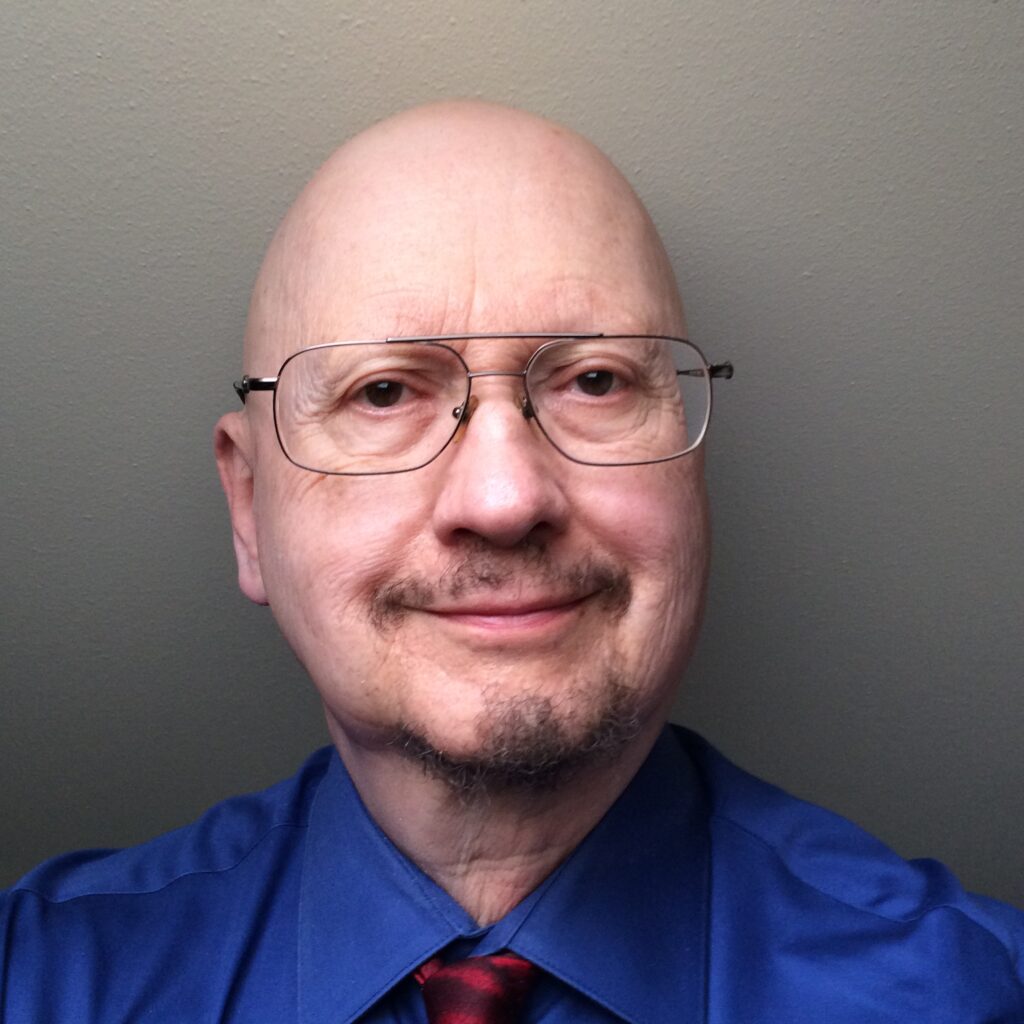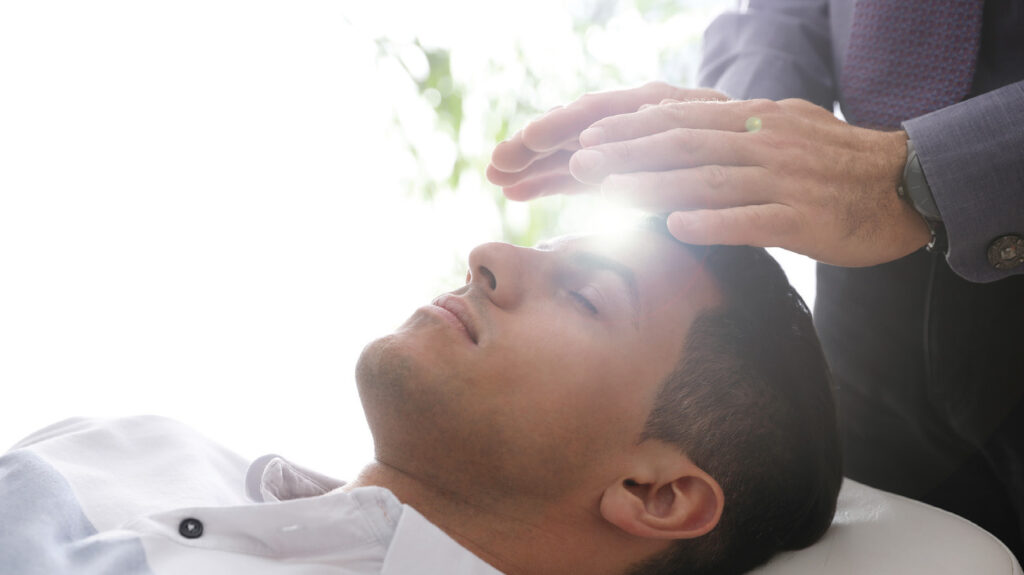Philip D. Shenefelt, MD, with Mary Beth Nierengarten

Professor of Dermatology
and Cutaneous Surgery,
University of South Florida,
Tampa
An emerging subspecialty that links the brain and dermatology is providing dermatologists with a more holistic way of viewing and treating skin conditions, particularly those refractory to traditional modalities.
Psychodermatology is not new, but as described in a recent overview, it is gaining more widespread recognition as more is understood about the link between the mind and body as well as psychosocial factors that affect health outcomes.1 Better recognized as well is the interplay between the brain and skin mediated by a number of systems including neurotransmitters, hormones, and cytokines.
With this recognition is ongoing interest in exploring long-used techniques aimed at altering brain activity to help patients uncover the often unconscious, or barely conscious, errant interpretation of external factors that may be contributing or even causing their skin disorders.
Hypnosis is one modality, guided meditation another. The 2 modalities work on the same principle—they primarily engage the subconscious or unconscious parts of the brain. Hypnosis is more directed and considered part of the Western tradition, while guided meditation is used more for centering and balancing and is part of the Eastern tradition. Both quiet the conscious mind so that the person can communicate with the subconscious mind.
How does hypnosis work?
In a 2018 article published in the American Journal of Clinical Hypnosis, I described the alteration of brainwaves that is produced by moving the brain into a more relaxed state— or trance state—through hypnosis.2 When in a trance state, a person has more access to the subconscious mind. The process mimics what occurs naturally, or what once occurred more naturally in our ancestors, when circadian rhythms were not as disrupted by modern technologies.
Trance is a natural phenomenon. Our bodies naturally go through more alert and less alert cycles about every 90-120 minutes during the day as well as at night. Less alert cycles during the day include times when people daydream, such as when they arrive at a destination when driving and can’t recall how they got there. At night, people cycle between deep sleep and rapid eye movement (REM) sleep, which is similar to a trance state.

Hypnosis and guided meditation utilize this natural phenomenon. Advertisers use similar principles to tempt the subconscious of buyers.
And through negative self-talk, people can hypnotize themselves into thinking bad things that are injurious to them—and can manifest through the skin in the form of promoting psoriasis or eczema, for example. Using this natural phenomenon for positive purposes is what hypnosis and guided medication do.
As an example of the efficacy of hypnosis for skin disorder, a 1992 study by Ewin showed the efficacy of hypnosis in 44 patients with persistent warts, 31 of whom cleared their warts after hypnosis.3 More recent case studies show similar results.4,5
When it is used
Hypnosis is particularly helpful for skin disorders with underlying inflammatory processes that are linked to stress hormones, which includes a long list of skin disorders such as psoriasis, eczema, and warts. Mediated by neurotransmission, hormones, and neuropeptides, inflammatory skin disorders in some people can be triggered by the synergistic effect of these mechanisms that make these disorders difficult to treat by traditional modalities. Hypnosis intervenes in the psycho-neuro-endocrine-immunologic mechanisms to uncover the unconscious ways patients may be interfering with their own care or recovery.1,2
Sometimes conventional therapy doesn’t seem to be making much progress in improving a skin condition because there is some psychological factor underlying why the body is refusing to get better. So sometimes it is necessary to explore a bit and find out what the blockages may be and see if you are able to remove the blockages to allow for healing.
I explore the use of hypnosis with patients for whom conventional measures produce incomplete or no result. For some patients uncomfortable with or resistant to the term “hypnosis,” I’ll suggest guided meditation, which some patients feel more comfortable with, even though the 2 modalities work on the same principle.
For patients who have underlying psychological issues that are more complex than I am comfortable with, about 10%-15% of patients who are candidates for hypnosis, I’ll refer to a mental health practitioner. There is no set process that fits everyone when assessing for the possible use of hypnosis. All patients initially undergo conventional assessment with the appropriate evaluations and tests for diagnosis and establishment of a reasonable treatment plan. For patients who are outside the scope of my comfort level, I make that assessment based on talking with the patient and sometimes a more intangible “gut feeling.”
Hypnosis is particularly helpful for skin disorders with underlying inflammatory processes that are linked to stress hormones.
Hypnosis is also effective to relax patients during dermatologic procedures. One of the few randomized controlled trials of hypnosis in dermatology demonstrated that patients undergoing hypnosis during surgery had significantly reduced anxiety compared to patients in a control group.6
How to become a practitioner
For dermatologists interested in practicing hypnosis in their clinical practice, training is available through a series of 20-hour sessions through the American Society of Clinical Hypnosis (www.ASCH.net). Clinicians can opt for basic, intermediate, or advanced training. When dermatologists do become trained in hypnosis rather than referring patients to outside experts, chances increase that patients will actually undergo hypnosis and incur its benefits. I’ve found that if I don’t do it myself, patients won’t get the help. In fact, up to 75% of patients I refer to an expert never go.
REFERENCES
- Goldin D. Concepts in psychodermatology: an overview for primary care providers. JNP. 2021;17:93-97. https://www.npjournal.org/ article/S1555-4155(20)30235-X/pdf
- Shenefelt PD. Mindfulness-based cognitive hypnotherapy and skin disorders. Am J Clinical Hypnosis. 2018;61:34-44. https://pubmed. ncbi.nlm.nih.gov/29771216/
- Ewin DM. Hypnotherapy for warts (verruca vulgaris): 41 consecutive cases with 33 cures. Am J Clin Hypn. 1992;35(1):1-10. https:// pubmed.ncbi.nlm.nih.gov/1442635/
- Goldstein RH. Successful repeated hypnotic treatment of warts in the same individual: a case report. Am J Clin Hypn. 2005;47(4):259-264. https://www.tandfonline.com/doi/abs/10.1080/00029157.2005.10403640
- Lankton S. Psychotherapeutic intervention for numerous and large viral warts with adjunctive hypnosis: a case study. Am J Clin Hypn. 2007;49(2):211-218. https://www.asch.net/portals/0/journallibrary/articles/ajch-49/49-3/lankton49-3.pdf
- Shenefelt PD. Anxiety reduction using hypnotic induction and self-guided imagery for relaxation during dermatologic procedures. Int J Clinical and Experimental Hypnosis. 2012;61(3):305-318. http://europepmc.org/article/MED/23679113
DISCLOSURES
Dr. Shenefelt reports no relevant financial interests.


